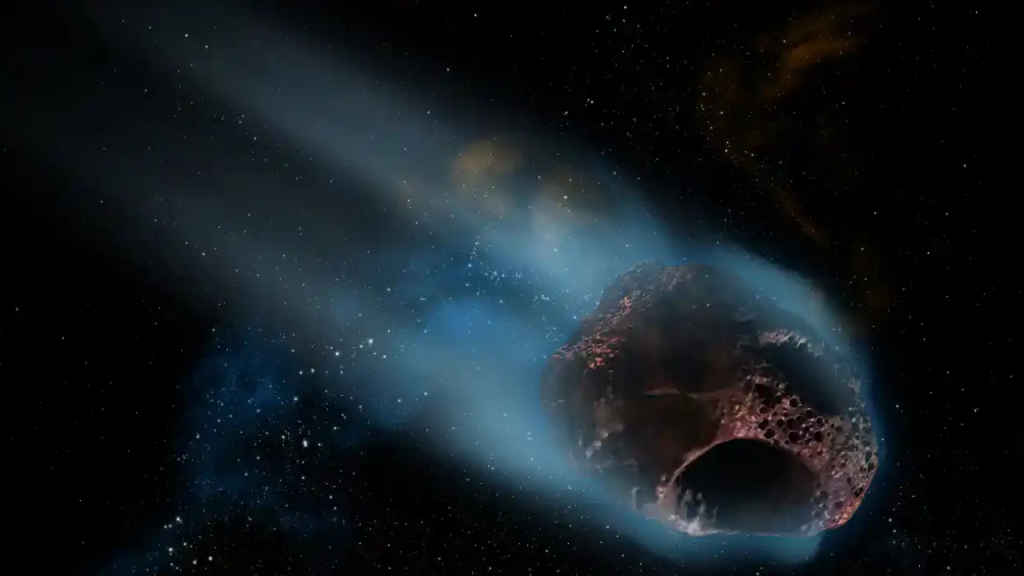NASA warns about 130-foot asteroid moving towards Earth at 30,217 KMPH
Measuring 130-foot in size, the asteroid 2024 ME1 is making its closest approach to Earth today, July 10th.
Asteroid 2024 ME1 will be approximately 2.7 million miles from Earth.
It is moving towards Earth at a speed of 30,217 kilometres per hour.

NASA constantly monitors all upcoming near-Earth objects (NEOs), including asteroids and comets. While many of these objects pass by the Earth at a safe distance, some are watched closely due to their potential risk. One such recently discovered space rock is asteroid 2024 ME1. Measuring a massive 130-foot in size—comparable to an aeroplane—this asteroid is making its closest approach to Earth today, July 10th.
 Survey
SurveyAccording to data from NASA’s Jet Propulsion Laboratory (JPL), asteroid 2024 ME1 will be approximately 2.7 million miles from Earth. While this may seem like a significant distance, in astronomical terms, it is relatively close—just 0.029 AU away.
Also read: NASA alert! Here’s when a ‘never-before-detected’ asteroid would hit Earth

Additionally, 2024 ME1 is hurtling towards Earth at a staggering speed of 30,217 kilometres per hour, which is about 24.5 times the speed of sound! Classified as an Amor asteroid, it belongs to a group of near-Earth asteroids named after the archetype object 1221 Amor, reports Times Now.
Does 2024 ME1 pose a risk of impact? Fortunately, no. Asteroid 2024 ME1 is not considered potentially hazardous. NASA only flags NEOs larger than 150 metres that come within 4.6 million miles (approximately 19.5 times the distance to the moon). Since 2024 ME1 is smaller and its trajectory will keep it well outside this range, it poses no threat.
NASA assures us that it will pass by safely, with no risk of impact. After this close encounter, 2024 ME1 is not expected to come near Earth again for at least the next 100 years.
Also read: Purple Rain: NASA releases video of auroras across Mars’ nightside

NASA’s approach to determining if a NEO could impact Earth involves more than just calculating its orbit and predicting its proximity. Given the imperfections in data, each asteroid has a range of possible orbits based on its observed positions in the sky. To address this, the Center for Near-Earth Object Studies (CNEOS) developed the Sentry impact monitoring system. Sentry analyses the full range of potential orbits and evaluates possible close approaches to Earth over the next 100 years, calculating the probability of impact for each scenario. If a potential impact is detected, the information is promptly analysed and published in NASA’s Sentry table.
Ayushi Jain
Ayushi works as Chief Copy Editor at Digit, covering everything from breaking tech news to in-depth smartphone reviews. Prior to Digit, she was part of the editorial team at IANS. View Full Profile